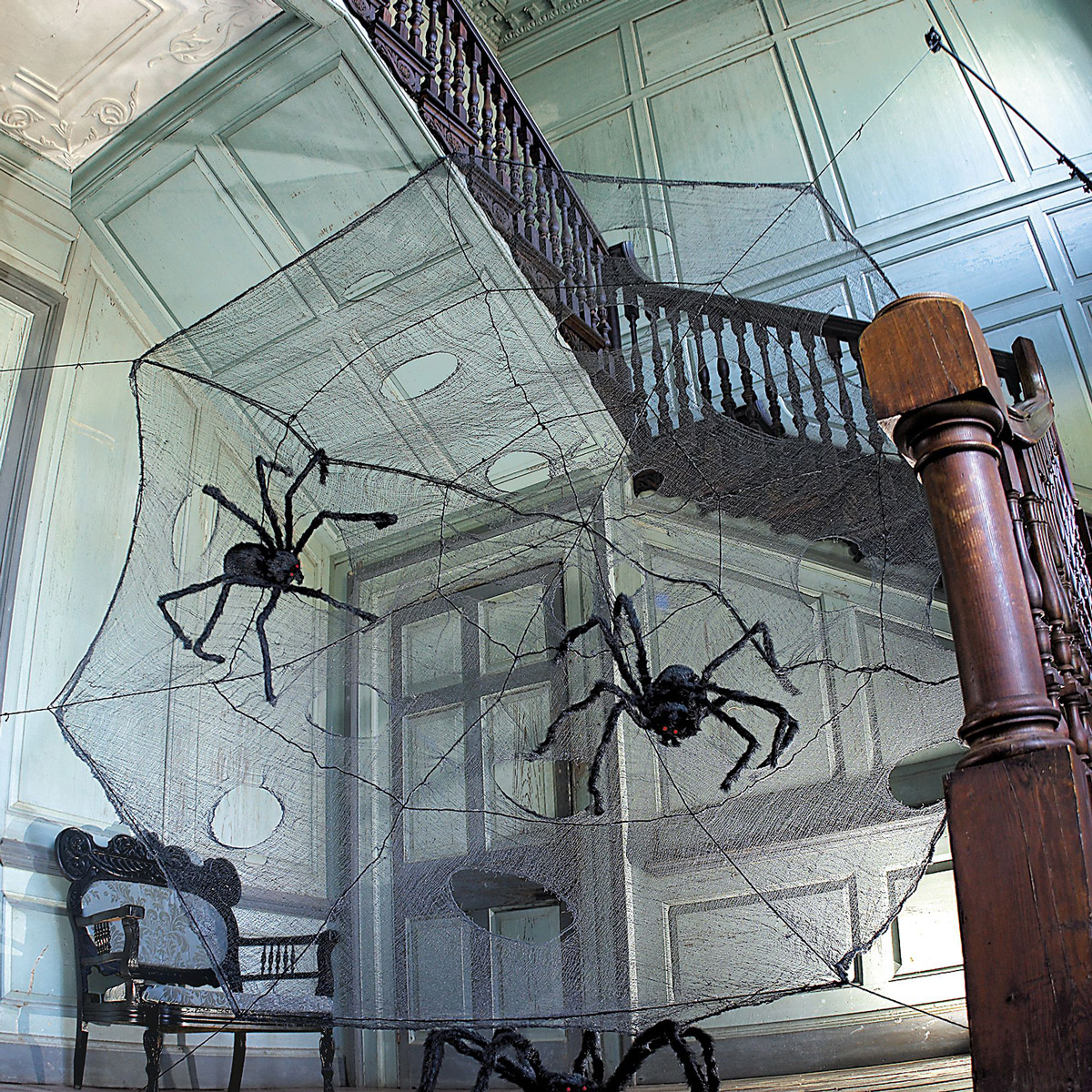DICTATIONS 4, 5, 6 (SECOND SENIORS)

Tsunamis
A tsunami is a giant wave that can do huge amounts of damage when it hits land. To see how one starts, throw a stone into a pond or lake, and watch the ripples spread out on the surface of the water. A tsunami, or tidal wave, starts in a similar way, except that it is not caused by a stone, but by something much bigger, such as an earthquake under the sea.
Once it has started, a tsunami can move across the ocean for huge distances. Tsunamis can be caused by volcanic eruptions, such as the one on the island of Krakatoa, in Indonesia, in 1883. They could also be generated by a comet or meteor hitting the Earth, although this has never been seen, except in Hollywood films. In the open ocean, a tsunami is difficult to see because most of it is below the surface. The visible part is just one or two metres high, and as it approaches land, the wave slows down. This causes an increase in its height. Tsunamis occur in all major oceans, although they are most common in the Pacific Ocean.

The Loch Ness Monster
The Loch Ness Monster is a creature believed to inhabit Loch Ness in the Scottish Highlands. Popular interest and belief in the monster has fluctuated since its first sighting in 1933. Most of the information about ‘Nessie’, as the creature is affectionately referred to by the local inhabitants, comes from anecdotes, a few photographs and some sonar readings. Scientists regard the monster of Lake Ness as a modern-day myth, and explain the sightings as a series of hoaxes and wishful thinking. Despite all this, it remains as one of the most famous examples of cryptozoology., which is the study of hidden animals.
The story started when a man, who was driving around the lake in 1933, said he had seen a kind of dragon crossing the road by the lake with an animal in its mouth. This story appeared in the local, and later national press, which wrote about a ‘sea serpent’ or ‘monster fish’, and this eventually became known as the Loch Ness Monster. Since then, many people claim to have seen it, but there is no real evidence to support this belief.

Spiders
Spiders are animals with a history going back many millions of years. They have always been with us, an ancient source of fear and fascination. They are abundant and widespread and are natural controllers of insect populations. Wherever you live, you’re always close to a spider.
Spiders are arachnids, not insects, but both spiders and insects belong to the largest group of animals on Earth, the arthropods - animals with hard external skeletons and jointed limbs.
Spiders have two main body parts, eight walking legs, simple eyes and piercing jaws and abdominal spinning organs. Some spiders are so small that we never see them, and others are bigger, some of them enormous.
Tarantulas are the movie stars of the spider world. They are cast in films when things hairy, scary and deadly are needed. But despite their appearance and reputation, bites from these spiders usually cause little harm, although not all hairy spiders are tarantulas.
In 1962, the first Spiderman comic strip was published in a magazine by Marvel Comics. It sold so well that Marvel created a magazine just for Spiderman.
0 comentarios